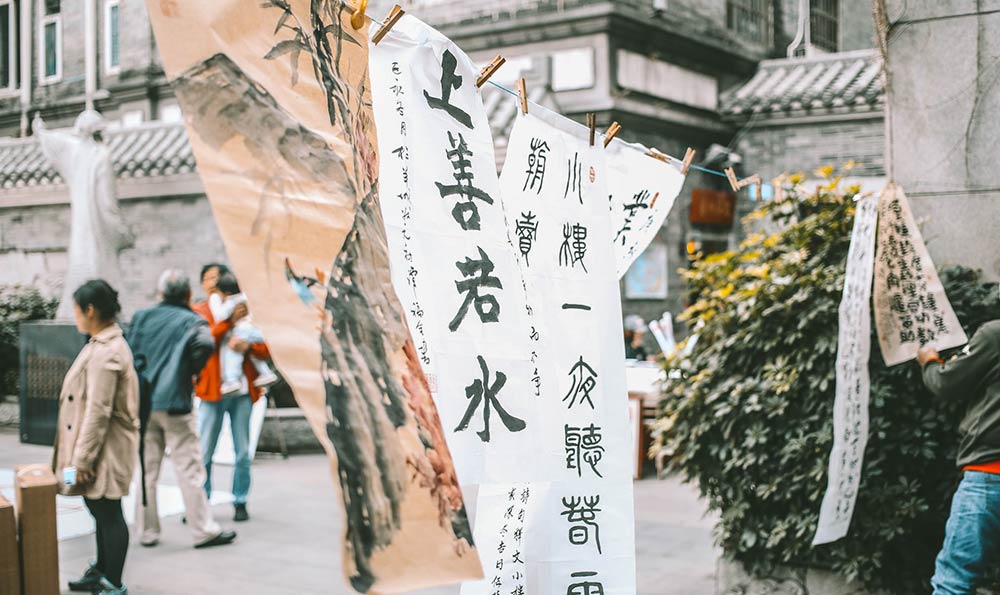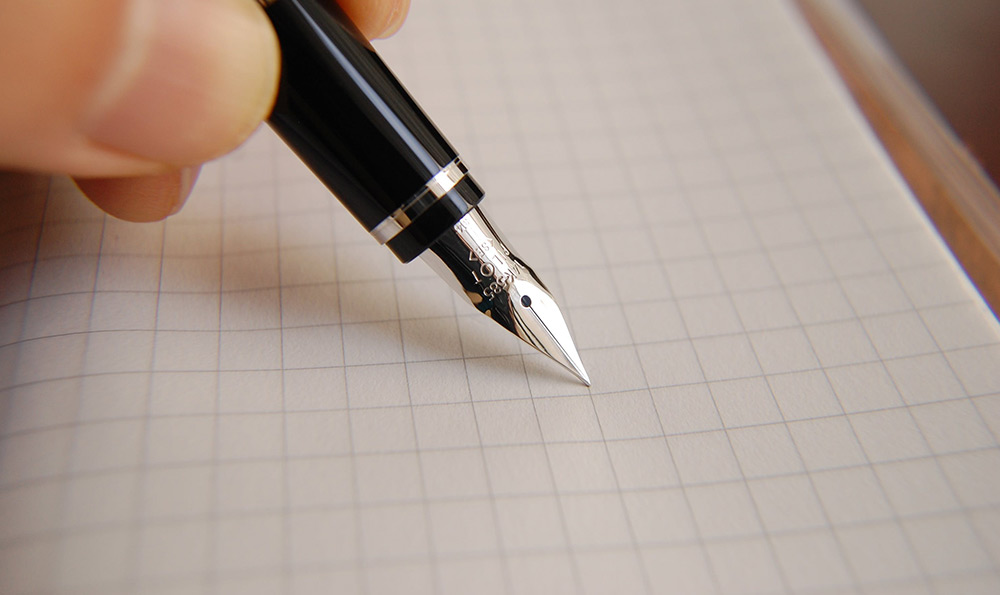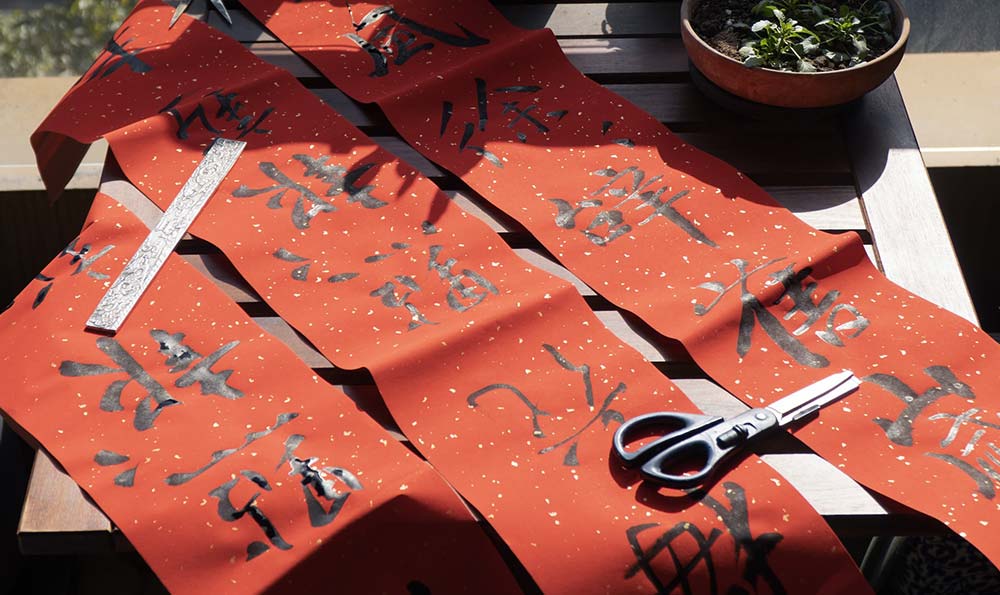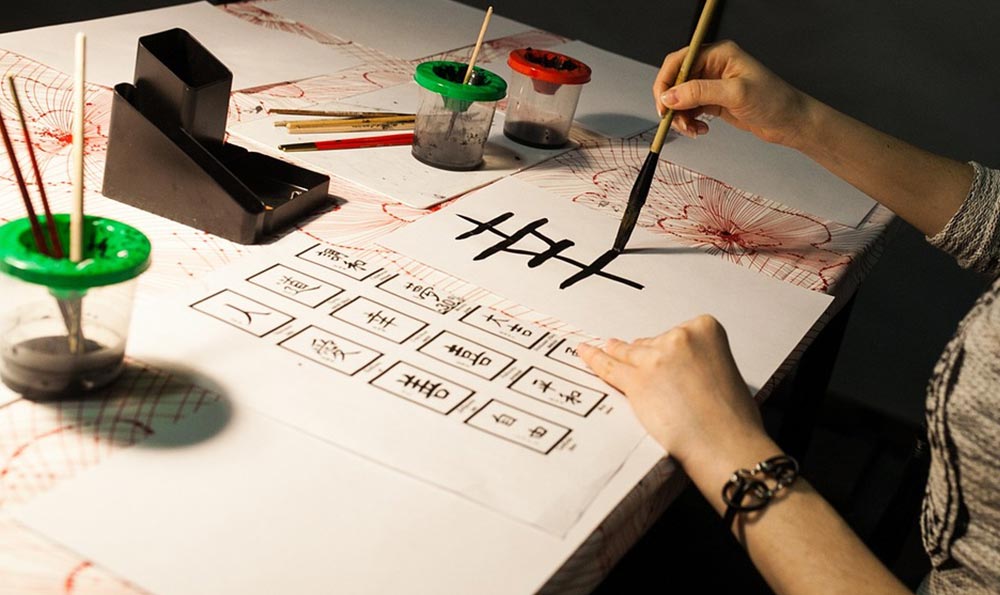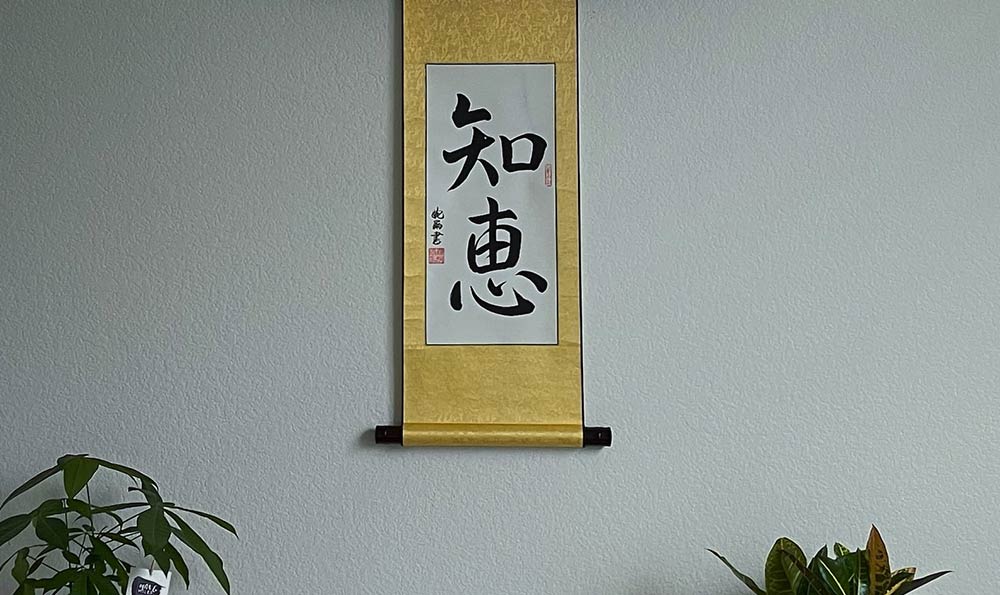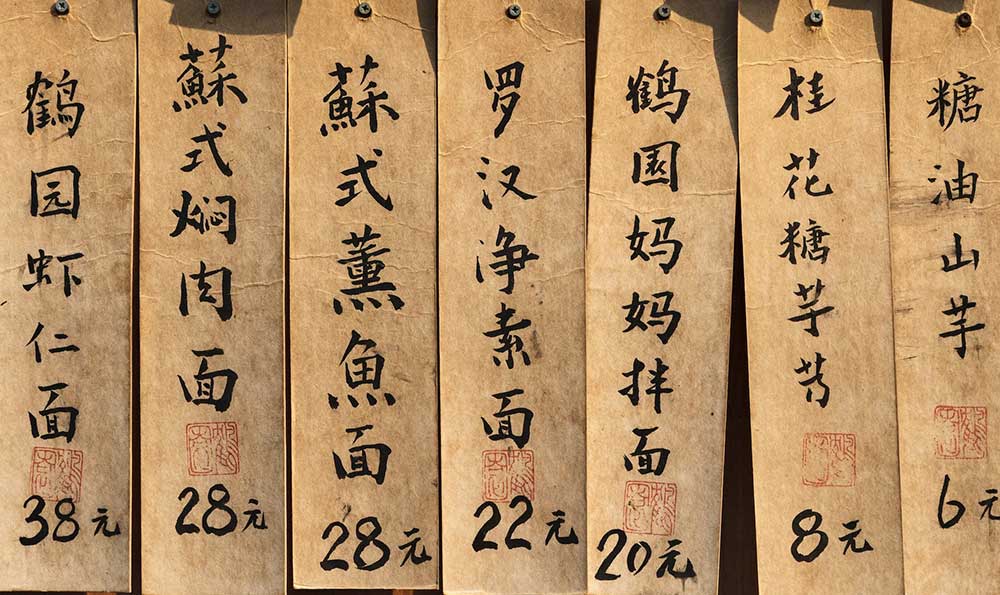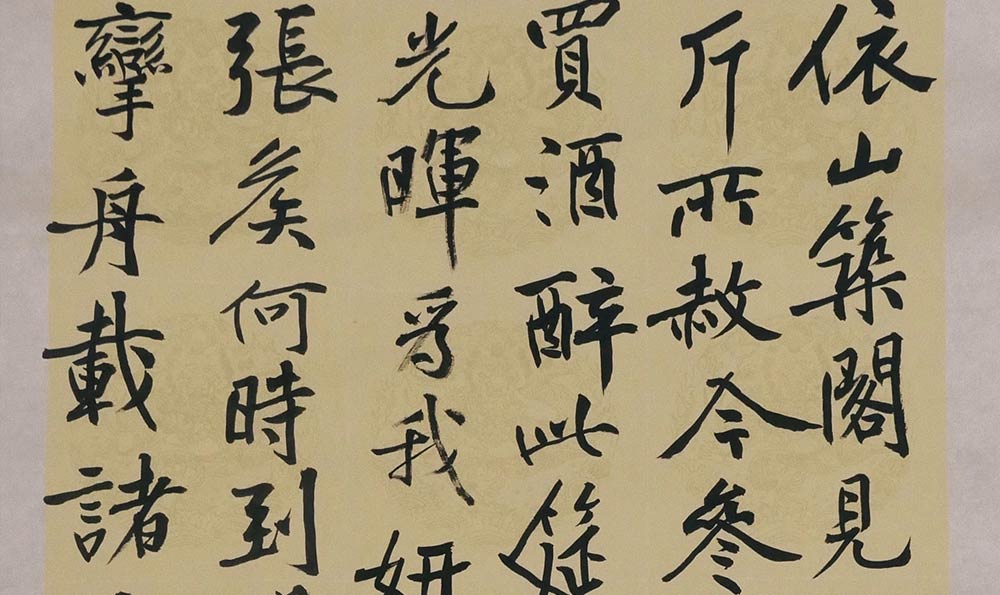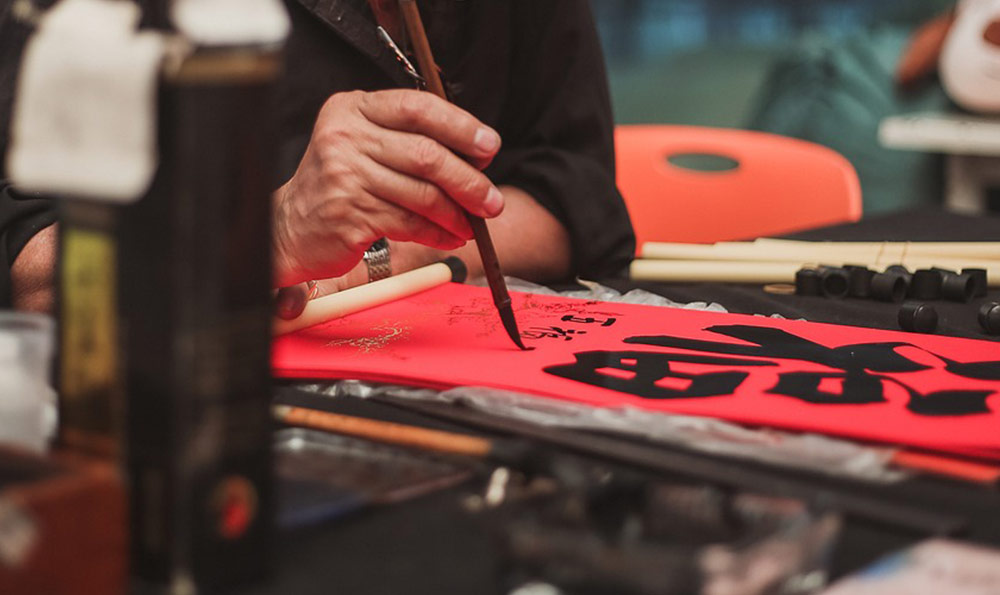
中国书法艺术是中国传统文化的瑰宝之一,凝聚着千百年来中国人民的智慧和创造力。它借助汉字作为表达媒介,通过笔墨纸砚的组合,以及特定的书写技巧和艺术表现手法,将文字与艺术完美结合。本文将深入介绍中国书法艺术之美,探讨其独特魅力和艺术价值。
自古以来,中国书法被誉为“东方艺术之王”。中国书法以其独特的韵律美和动态美而闻名于世。书法家通过书写汉字,赋予每一个字以生命力和情感。他们以“心”为笔,以“墨”为墨,以笔画的横竖撇捺,以及各种线条和结构的运用,表达丰富的意境和情感,展现出文字的美感和力量。
在中国书法艺术中,楷书是最常见也是最基础的一种字体。楷书以其端庄大方的风格,被广泛应用于印刷和书写领域。它的笔画平稳而稳定,线条流畅有力。与楷书相比,行书则更加草率而随性,颇具艺术韵味。草书在书写过程中,书法家以极快的速度书写,灵活运用笔画的厚薄变化和结构的错落有致,使字体呈现出一种跌宕起伏的美感。
中国书法艺术还有篆书、隶书、魏碑等多种字体形式。篆书作为最早的字体之一,充满着原始而神秘的气息。它的字形极为规整,刚劲有力,给人以庄重肃穆之感。而隶书则展示了中国书法的发展和多样性。隶书的笔画较为独特,线条粗细相间,极富变化。魏碑是北魏时期的一种书法风格,其笔画饱满醇厚,既有刚劲有力的一面,又不乏柔美的味道。
在中国书法艺术中,墨是至关重要的一部分。墨作为书法家创作的主要材料,有浓淡变化和质地纹理上的不同。浓墨可以用于书写大字或强调重要的部分,而淡墨则用于书写细小的字体或需要渐变效果的场合。墨的纹理和质地也会在作品中产生独特的效果,增加书法作品的艺术性和表现力。
中国书法艺术通过丰富多样的艺术手法和表现形式,将文字与艺术完美结合。这种将书法作为一种艺术形式的表达方式,使得每个字都能展现出独特的个性和魅力。书法家通过运用线条、结构、点面、墨色等手法,使字形更加丰富多样,达到情理兼修的效果。他们注重书法作品的笔墨结合、章法布局和整体协调性,力求使每一个字都呈现出最佳的艺术效果。
中国书法艺术以其独特的韵律美和动态美,展现了汉字的无穷魅力。它是中国传统文化的重要组成部分,凝聚了中华民族的智慧和创新力。通过对不同字体和书法手法的运用,中国书法艺术展示了文字艺术化的可能性,延续了中华文明的千年传统。在现代社会中,中国书法艺术也在不断创新和发展,为人们带来更多的艺术享受和思考。无论是从艺术价值还是文化底蕴上来看,中国书法艺术都具有极高的欣赏和研究价值。
中国书法艺术之美教案
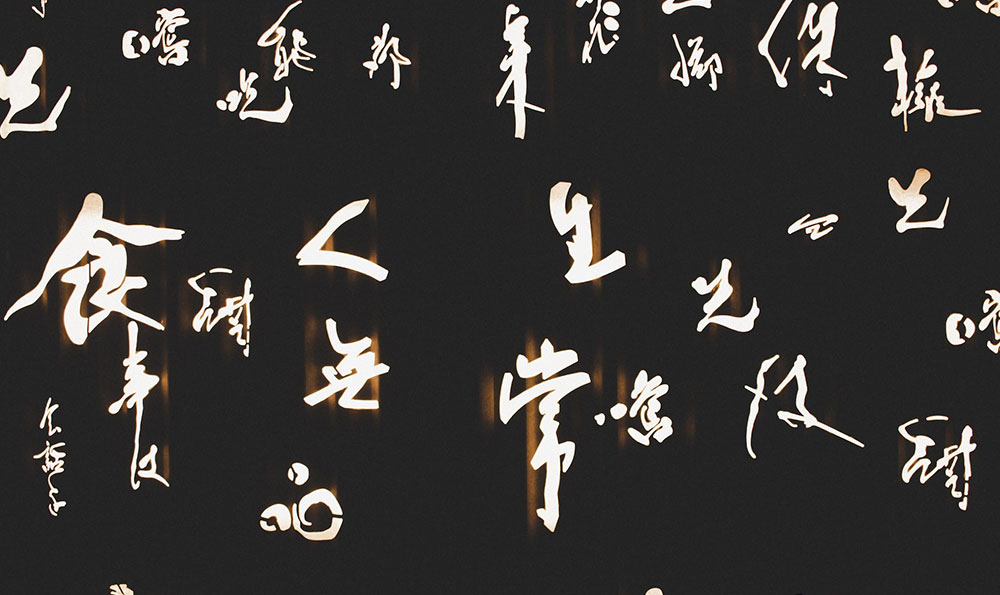
中国书法艺术是中国传统文化的瑰宝,凝聚着千年的智慧和审美情趣。它是一门独特的艺术形式,通过艺术家的笔墨技巧和艺术表达,展现了中国人的情感、思想和哲学追求。本篇文章将介绍中国书法艺术之美,从其起源、发展、特点和魅力等方面全面展示其独特魅力。
起源与发展:
中国书法艺术源远流长,可追溯到古代的甲骨文和金文。在漫长的历史发展过程中,中国书法逐渐形成了篆书、隶书、楷书、行书和草书五种基本字体。每一种字体都有着独特的韵味和特点,体现了当时社会、文化和艺术发展的不同阶段。书法家们通过世代相传的艺术造诣,不断创新和演绎,使中国书法艺术蓬勃发展,成为世界上独一无二的艺术形式。
特点与魅力:
中国书法艺术的独特之处在于其独特的书法技巧和艺术美感。书法家们通过墨迹的浓淡、用笔的变化、字形的韵律等手法,将文字书写为一种美的艺术形式。中国书法还注重笔画的优美与平衡、字形的准确与工整,通过线条的舒展和曲折,展现出独特的节奏感和韵律美。书法作品还包含了丰富的文化内涵和艺术表达,反映了古代文人的情感、思想和审美观。中国书法在形式和意境上都具有独特的魅力,给观者带来深深的艺术享受。
比较与对比:
与西方绘画相比,中国书法注重笔画的冲击力和墨色的渲染,强调意境的抒发和思想的表达。而西方绘画则更注重色彩的运用和细节的描绘。中国书法注重线条之美,通过墨迹的流畅与曲折来表现人物、山水等形象,而西方绘画则通过光影的处理和色彩的层次来表现形象。两种艺术形式各有千秋,但中国书法因其独特的审美观和表现手法,更具有独特的魅力和艺术韵味。
修辞与评价:
中国书法艺术是一曲美丽的乐章,在白纸上舞动的墨迹如同一支舞曲,在意象与声响中展示着中国文化的瑰宝。它是一门集思想、艺术、美学于一体的综合性艺术。中国书法的价值不仅在于文字和形式的表达,更体现了中国人对精神追求和思维方式的理解。中国书法作为中国传统文化的瑰宝之一,对于今天的人们来说,既是一种艺术的享受,也是一种文化的传承。
中国书法艺术之美,无论是其独特的艺术形式、丰富的文化内涵,还是艺术家们创造的墨迹之美,都让人为之陶醉。通过介绍其起源、发展、特点和魅力,我们更加深入了解了中国书法艺术的伟大魅力,从而能够更好地欣赏和理解这门古老而又现代的艺术形式。让我们共同感受中国书法艺术带来的艺术享受,领略其中的独特之美。
中国书法艺术之美论文
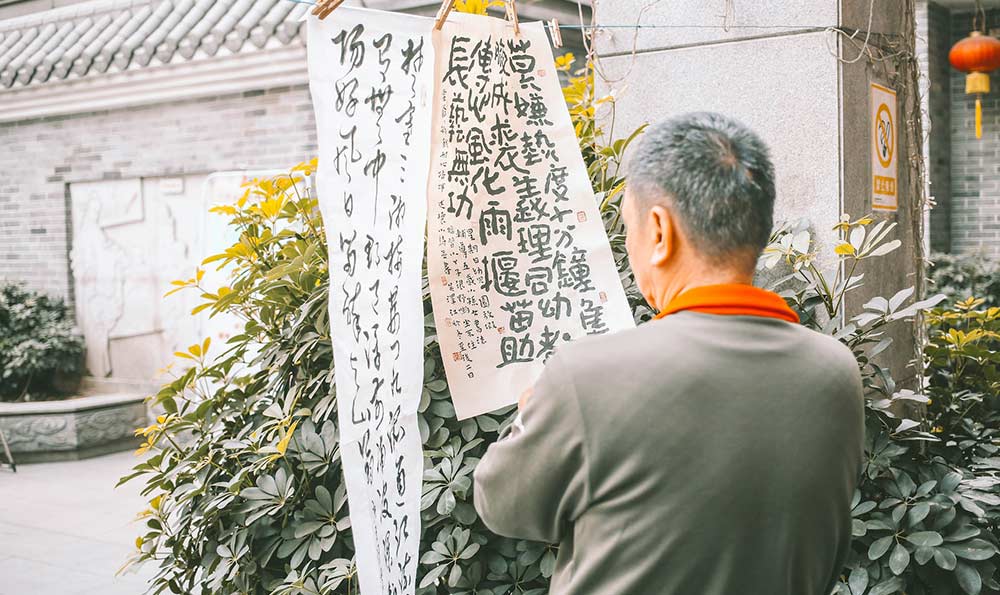
中国书法艺术一直以来都是中国文化的瑰宝之一,它在中国艺术史上占据着重要的地位。中国书法艺术不仅是一种文字的表达方式,更是一种独特的艺术形式。它通过墨迹的韵味、线条的流畅和结构的精妙展现出无穷魅力。在这篇论文中,我们将探讨中国书法艺术之美。
一、书法的艺术特点
Chinese calligraphy is characterized by its unique artistic features. Firstly, it emphasizes the harmony of the brushwork and the ink. Each stroke is carefully executed with a variety of brush techniques, creating a rhythmic flow of ink on the paper. This harmonious combination of brush and ink gives the calligraphy a sense of vitality and elegance.
Secondly, calligraphy embodies the aesthetic concept of "less is more". It focuses on simplicity, leaving out unnecessary details and achieving a sense of balance and harmony. The strokes are concise and restrained, yet they convey profound meanings and emotions.
Thirdly, calligraphy strives for a balance between structure and creativity. It follows certain rules and principles, such as proper stroke order and stroke direction. However, within these constraints, calligraphers have the freedom to express their individuality and emotions. This balance between structure and creativity makes calligraphy both disciplined and expressive.
二、与其他艺术形式的比较
Compared with other art forms, calligraphy has its unique charm and significance. First and foremost, calligraphy is closely related to the Chinese language and culture. It not only serves as a means of communication but also reflects the essence of Chinese philosophy, literature, and aesthetics. It is a visual representation of the Chinese spirit and cultural heritage.
Furthermore, calligraphy differs from painting in terms of its emphasis on the expression of words and meanings. Calligraphy is primarily concerned with the beauty of the characters and the artistic arrangement of the text, while painting focuses more on the depiction of objects and scenes. Calligraphy is a form of art that combines the visual and the textual, adding depth and layers of meaning to the written word.
In addition, calligraphy has a strong connection with meditation and spiritual practice. Many calligraphers perceive it as a form of meditation, as they immerse themselves in the rhythmic brushstrokes and find inner peace and tranquility. It is not only a visual art but also a practice that cultivates the mind and spirit.
三、中国书法艺术的传承与发展
Chinese calligraphy has a long history of more than 2,000 years, and it has undergone continuous development and innovation. Calligraphy has been passed down from generation to generation, with each master leaving their mark and contributing to its evolution.
In recent years, calligraphy has embraced modern techniques and materials, such as digital calligraphy and new ink varieties. This fusion of tradition and innovation has brought new vitality to the art form. Calligraphy exhibitions, competitions, and workshops are held frequently, attracting both domestic and international attention.
The popularity of calligraphy is not limited to China alone. It has gained recognition and appreciation worldwide. Many foreign artists and enthusiasts are fascinated by the beauty and uniqueness of Chinese calligraphy and strive to learn and practice it.
中国书法艺术之美在于其独特的艺术特点、与其他艺术形式的比较以及传承与发展。它不仅展现了中国文化的深厚底蕴和独特魅力,也成为世界文化交流的桥梁。中国书法艺术的美感和价值将继续被广大人们所推崇和传承。

